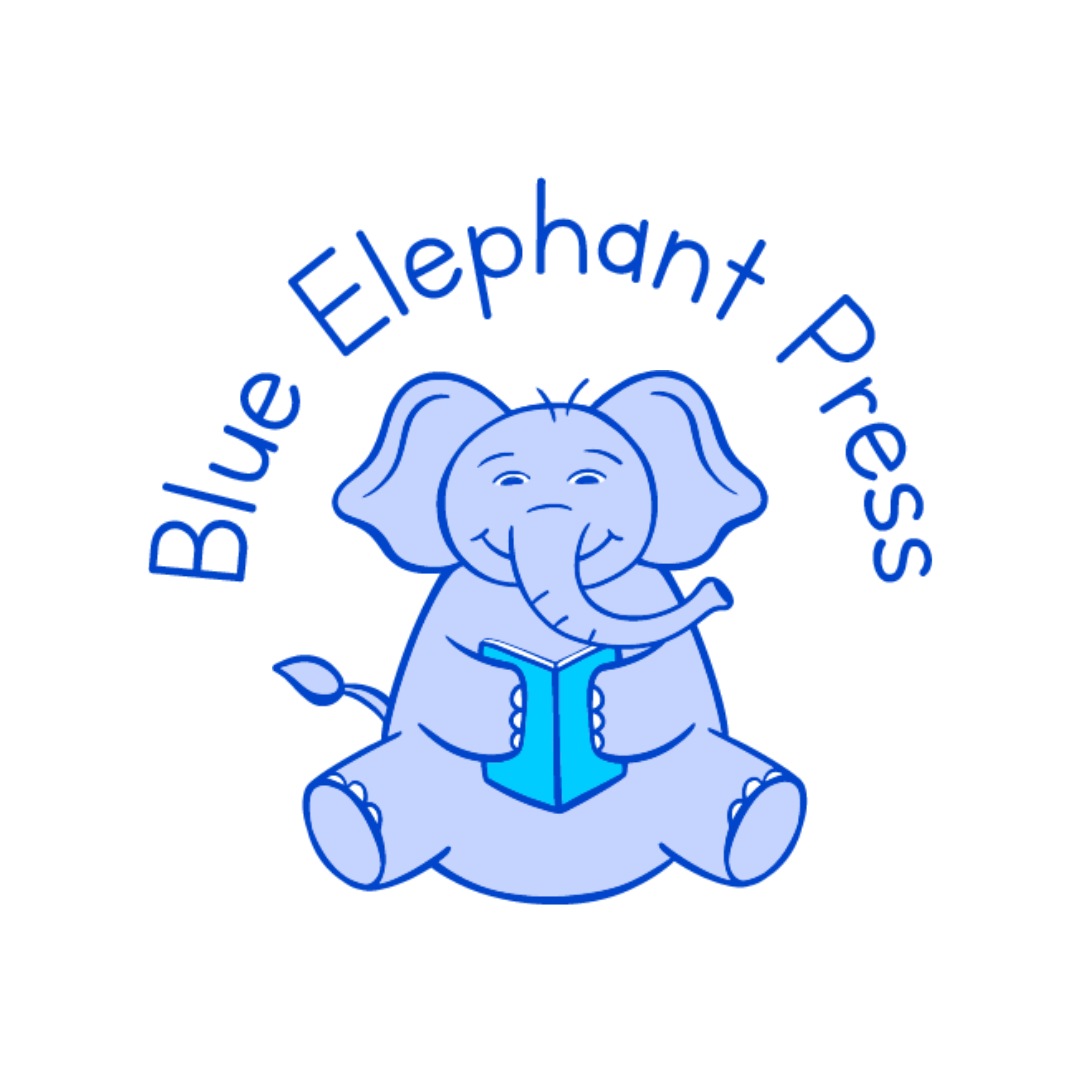Dot marker pens have taken the world of young children’s activities by storm, and for good reason in our opinion. They are more than just colorful tools for play. Dot markers (also known as paint daubers) offer a host of developmental benefits that contribute to a child’s overall growth. In this blog post, we’ll explore six key benefits of dot marker pens and understand how they play a crucial role in enhancing a child’s learning and development.
The Benefits
Benefit 1: Improving Fine Motor Skills
Fine motor skills involve the use of small muscles, particularly those in the hands and fingers. Dot marker activities require controlled and deliberate movements. Therefore, they provide an excellent platform for young children to enhance their fine motor skills. This improvement is essential for tasks such as buttoning a shirt, tying shoelaces, and, possibly most importantly, holding a pencil for writing.
Benefit 2: Enhancing Grip
Dot markers are typically designed with chunky barrels that provide a comfortable grip for little hands. As toddlers use dot markers, they naturally develop a more secure and controlled grip. This improvement in grip strength is beneficial for various daily activities ranging from holding utensils and using scissors, to manoeuvring a pencil during early writing stages.
Benefit 3: Boosting Dexterity
Dexterity refers to the skilful use of one’s hands and fingers. Dot marker activities involve intricate movements, encouraging the development of dexterity. This enhanced dexterity lays the foundation for complex tasks, such as tying shoelaces, manipulating small objects, and eventually refining more advanced hand movements required for activities like typing or playing musical instruments.
Benefit 4: Practicing Hand-Eye Coordination
Dot markers encourage young children to make intentional marks on paper which helps them to refine their hand-eye coordination. The act of aiming and placing dots precisely on a surface requires focus and control, which is an ideal way to foster the development of this essential skill. Hand-eye coordination is vital for activities such as writing, drawing, and even playing sports.
Benefit 5: Recognizing Colors and Letters
Dot markers come in a rainbow of colors, making them an engaging tool for introducing toddlers to the world of colors. Through dotting exercises that involve color recognition, young children not only become familiar with different hues but also begin associating them with specific objects or concepts. Additionally, incorporating letters into dot marker activities transforms learning the alphabet into an interactive and enjoyable experience.
Benefit 6: Expressing Creativity
One of the most delightful aspects of dot marker activities are the freedom they offer for creative expression. Young children can create vibrant patterns, imaginative scenes, and even unique works of art. This not only fosters a love for creativity but also nurtures a child’s ability to express thoughts and emotions through visual means, laying the groundwork for future artistic endeavours.

Conclusion
Dot marker pens go beyond the boundaries of being a simple coloring tool. They can be powerful instruments for early childhood development. By honing fine motor skills, grip strength, dexterity, hand-eye coordination, color and letter recognition, and creative expression, dot markers become an indispensable ally in a little one’s journey of growth and discovery. As your little one’s dot their way through dot marker activities, they are not just creating art; they also sculpting a brighter, more skilful future for themselves.
Ready to get started with dot marker activities? Check out our books now.

